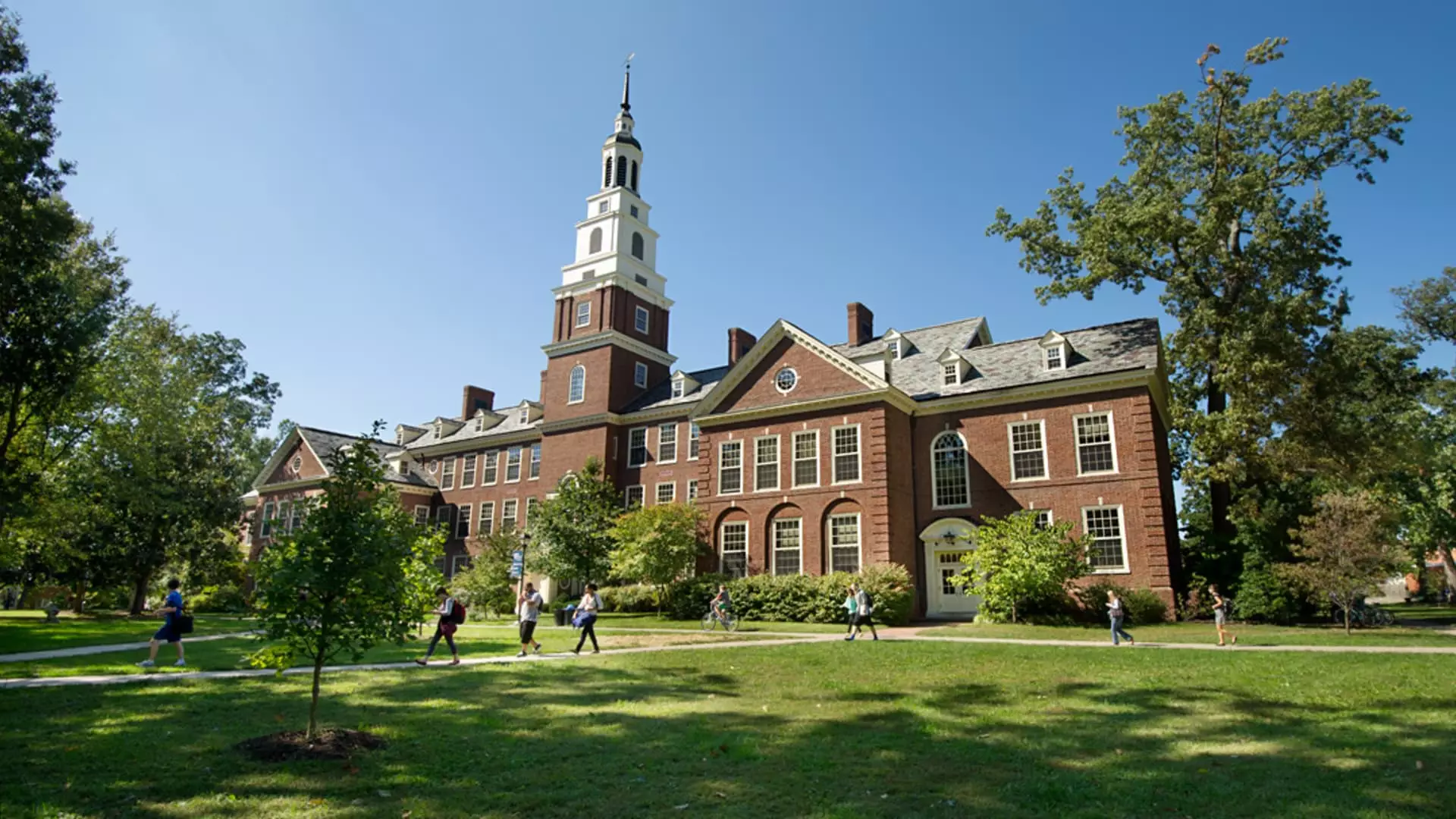In recent years, the narrative of completely free college has gained irresistible momentum, driven by the escalating costs of higher education. While the prospect of abolishing student debt sounds like a beacon of hope for beleaguered families and young adults, the reality behind “free” college reveals a more complicated and often deceptive picture. The institutions that marshal this promise, though commendable in their efforts, also expose the flaws and contradictions inherent in the current American education system. To claim that these schools offer a genuine reprieve from financial burdens requires a critical assessment of what “free” truly entails and at what cost.
The Distinction Between Ideals and Practical Reality
The schools that offer free tuition often serve as symbols of social mobility in an increasingly stratified society. Berea College in Kentucky, for example, stands out not just for offering tuition-free education but for targeting first-generation and low-income students. Yet, this generosity is accompanied by a heavy expectation — hard work, commitment, and a lifelong dedication to service or personal success. Similar institutions like College of the Ozarks require students to work for their education, not merely to alleviate financial strain but to instill a sense of discipline and resilience. Underneath the surface, these policies echo a core truth: the idea of “free” education is, in many cases, a euphemism for a redistribution of effort and sacrifice, often coupled with the expectation of lifelong service or labor.
At a glance, these models seem commendable, fostering virtues of work ethic and service. Yet, they also reveal a transactional view of education — an implicit bargain where students trade debt for strenuous demands. This approach risks undervaluing the importance of accessible, quality higher education as a social right, instead presenting it as a privilege reserved for the most diligent and willing to bear the burden.
The Hidden Costs and Limitations of “Free” Education
While tuition costs are addressed, other critical expenses remain untouched. Uniforms, books, internships, housing, and living expenses often fall outside the scope of free tuition promises. Moreover, students at these institutions often face rigorous, demanding schedules, leaving little room for personal growth outside of their academic and service obligations. The trade-off becomes an implicit acceptance of austerity, discipline, and, sometimes, self-denial to benefit from the gesture of free tuition.
Additionally, the exclusivity of these schools—whether it be selective admissions at military academies or specialized programs in marine engineering—limits access. Many ambitious students are excluded simply because they do not meet the high thresholds of academic or physical standards. Consequently, “free” is sometimes a misnomer that masks structural inequalities; only the most prepared or willing to endure hardship gain access, perpetuating a cycle of privilege masked as opportunity.
Does “Free” Education Impede or Promote Equality?
From a liberal perspective advocating for greater equality and fairness, the current model of free higher education should be expanded and democratized, not confined to a select few elite institutions. While these schools symbolize hope and progress, they also highlight the fissures in our educational landscape. Many students, particularly from disadvantaged backgrounds, still face insurmountable barriers — whether due to limited awareness, socioeconomic factors, or restrictive admissions criteria.
The emphasis on physical discipline and service, while admirable, should not overshadow the fundamental right to accessible education. Instead of framing free tuition as a reward for sacrifice, society should strive to eliminate the need for sacrifice altogether. This entails robust investment in public education, affordable student loans, and comprehensive financial aid that cover all expenses, not just tuition. Equity in higher education ought to be rooted in removing barriers, not in designing rigorous programs that ultimately serve as gatekeeping tools.
Implications for Society and the Future of Education
The concept of free college, in its ideal form, is a moral imperative—an acknowledgment that education is a public good. However, the current implementation often cloaks underlying inequalities and reinforces social stratification. Students who succeed at these institutions are often those who can handle the discipline and work requirements; at the same time, those who cannot may be left behind or discouraged, perpetuating societal divides rather than dismantling them.
Interested policy shifts should focus on expanding access through systemic reforms rather than relying solely on selective schools with built-in barriers. True reform involves making higher education a right, not a privilege, by democratizing funding mechanisms, increasing community college investments, and ensuring that free education truly covers every expense, not just tuition. Only then can “free” college evolve from a branded myth to a genuine foundation for socio-economic mobility.
In the end, we must ask ourselves: are we pursuing an equitable society that confirms education’s role as a universal right, or are we settling for superficial guarantees that serve as bandages for deeper systemic inequalities? The answer will determine whether free college remains an aspirational ideal or merely a fleeting political slogan.

